Kyle Duffield: Interaction Designer
Toronto-based Kyle Duffield is one of Music Hackspace's longest-standing and most popular tutors, and not without good reason; an experienced interactive experience design professional, he creates stunning immersive interactive installations. He is also the tutor of our most popular Certified Course, TouchDesigner for Professional Interactive Design Careers. We decided to invite him for an interview to get a deeper insight into his philosophy around interactive technology and what got him interested in it.
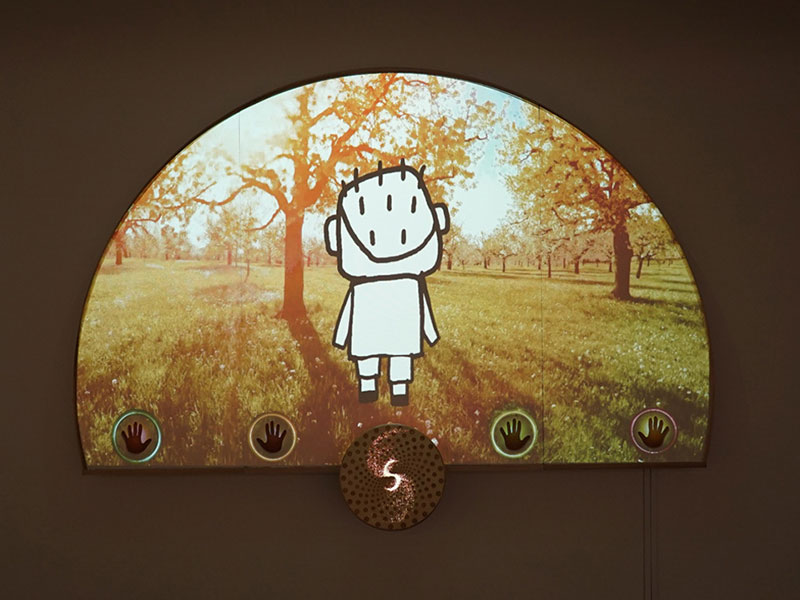
Is there some person or event in your childhood that guided you towards the work you do now?
That's a great question. I've always leaned toward creative work. I wasn't so much into computers other than for gaming, and I loved playing console games. As for coding and electronics? Totally intimidating until at least midway through my undergrad when I started to feel inspired and for the medium to click.
Growing up, my dad was really skilled at drawing, realist painting, illustration, interior design, and making things like model kits. I was deep into comic books, and he'd draw characters for me whenever I asked, but this also inspired and encouraged me to try it myself and improve. I loved the comic books of the Todd McFarlane era – Spawn comics and action figures, as well as a lot of the Dark Horse Comics titles.
I wanted to be a comic book artist and spent a lot of time creating my characters, worlds, and graphic stories, mostly inspired by mythological creatures, horror, sci-fi, and video games. I'd even get requests from classmates to draw both original stuff and popular characters.
These days, I'm leaning more intentionally into storytelling, world-building, and narrative within my installations and experiential work. It's been present in past projects in subtle or structural ways, but I'm now making it a more central focus. While I didn't start with a background in tech or interaction design, play has always been core to how I think and work, and I've definitely found my way into that space. I'm having a lot of fun.
What first got you into TouchDesigner?
I was deep into surrealist oil painting at the beginning of my undergrad and experimenting with combining my paintings with video projections, sound, and lighting. Most were not very good, but I had to start somewhere.
I was really interested in making interactive works, but I thought that the whole realm was out of reach until I was introduced to Pure Data, which led me to Max. The visual node-based approach made these concepts and the medium more accessible, and I made interactivity a creative professional focus ever since. I eventually used other tools like Processing, Unity, JavaScript, but TouchDesigner really stuck. Since most of my work revolves around interactive, multimedia-driven experiences, it just made sense.
I'm primarily a Mac user in my day-to-day, so when TouchDesigner finally came to Mac OS, that's when I could really dive in. The timing was perfect because I was also spearheading workshop planning and coordination at Electric Perfume—a studio and gallery I was deeply involved with from its inception.
I held the roles of Director of Creative Technical Strategy and Director of Education, contributed significantly to the space's development through financial investment and R&D, and played a key role in shaping its creative direction and business model. I collaborated on the creation and production of interactive artworks for public art, events, and brand activations, while also supporting curation, community outreach, and long-term strategy.
I noticed TouchDesigner was everywhere in projects on the internet, had a lot of interest, but there wasn't much local skill training. So I made it a bit of a personal mission to hype it up, teach it, and help build a community around it. Turns out I wasn't the only one waiting. Our first TouchDesigner workshop sold out two sessions (we added an extra one due to demand), and over 60% of attendees were Mac users, just a couple of months after the OS release. The demand was real.
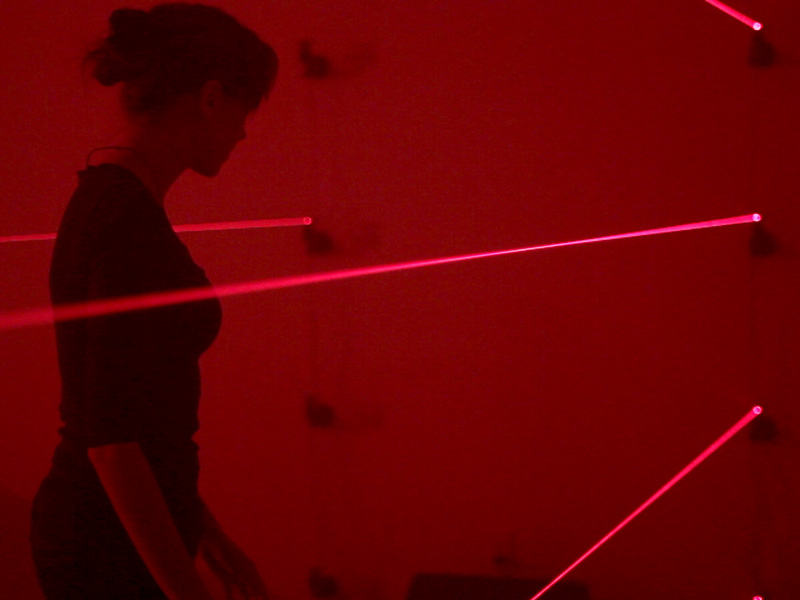
You are a professional in both Max and TouchDesigner. How would you describe these tools, and what makes you reach for one and not the other?
I love both tools! They're my go-to environments, and they've been instrumental in shaping my career. They're like Swiss Army knives, especially when it comes to glueing together different protocols and workflows. Choosing one over the other usually comes down to the needs of the project.
For specialised interfaces, like depth cameras (Kinect, Orbbec, etc), MediaPipe, or computer vision, or for projection mapping, and programmable lighting setups using DMX or ArtNet, I tend to reach toward TouchDesigner due to its integrated native support, which can offer an edge depending on the client or production context. However, I do love and strongly endorse Showsync's Beam for Max library, which does a beautiful job of simplifying and organising complex lighting setups.
If the project is audio-heavy or focused on MIDI interaction, or programming Max is typically my first stop. It's incredibly flexible for real-time audio and has a deep musical heritage. I've even used it to build a real-time MIDI piano roll sequencer that controls physical outputs on an Arduino as a fun example of how musical notation can double as a form of programming logic in other contexts. While Jitter has made major, exciting strides recently, I still find TouchDesigner's workflow more intuitive when it comes to generative graphics, particle systems, and 3D manipulation.
My scripting preferences and how they're integrated in the platforms also play a role: I tend to gravitate toward JavaScript, so if that's a strength in the project, Max might be a better fit (Max has code boxes that run JavaScript code). On the other hand, for Python-driven workflows or AI integrations, TouchDesigner is a more natural choice. I also appreciate Max's built-in preset system—pattr is especially useful for quickly iterating and prototyping interactive designs, and can be more streamlined than external solutions in other platforms.
Finally, there's the creative instinct. Sometimes, an idea just arrives in the logic of one environment or the other, and that becomes the spark. Ultimately, I choose based on the unique needs of the project. Both tools are incredibly powerful, and I'm grateful to be supported by communities that value experimentation, flexibility, and play.
To what extent do you see technology shaping our intentions, or to what extent do you see intentions shaping our use of technology?
I tend to frame this through the lens of creative practice, since perspectives can vary widely depending on the field. For me, it's a feedback loop. The more technical literacy I develop, the more I begin to understand what's possible—and just as importantly, what isn't. The limitations of a tool or system often shape the design of the work itself. In interactive projects, especially, the interface defines the gesture. So I'm always asking: which parts of the experience are deliberate design choices, and which are artefacts of the tool subtly shaping behaviour?
There's also the question of how work circulates. One of the bigger tensions I navigate is the pressure to create experiences that document well on social media. I'm more interested in physical spaces, social dynamics, and encouraging people to be fully present. For instance, I'm currently developing a real-time navigable spatial audio installation involving haptics that unfolds in complete darkness, where the goal is to strip away the visual and attune people to sound, touch, and space. But that kind of experience doesn't translate easily within the dominance of image and video-based "content" platforms, making it harder to pitch, promote, or even justify in a visibility-driven culture where viability is so often tied to shareability.
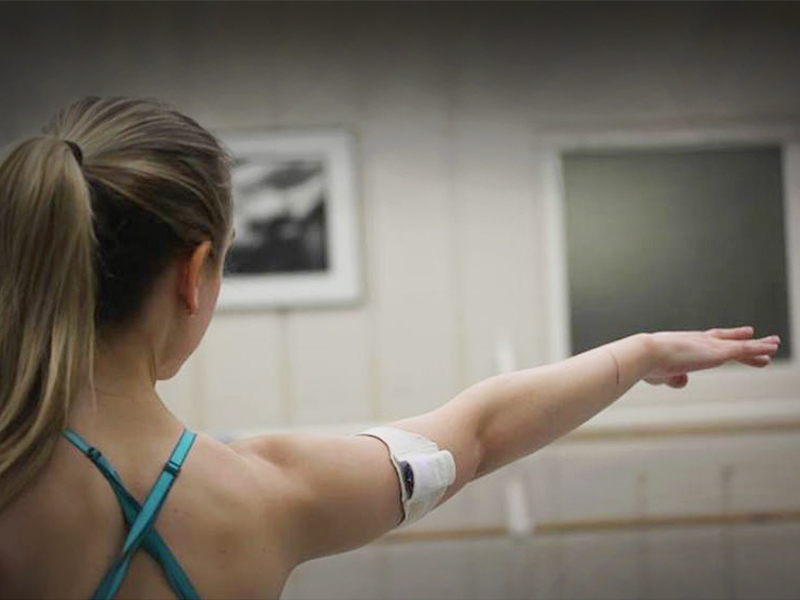
Do you find inspiration while working, or do you seek it in other places, such as nature?
I'm very process-oriented. A lot of what I do involves experiments and proof-of-concepts, many of which never fully surface or take a while to loop back into finished projects. Inspiration often sneaks up on me through unexpected channels and I often feel in the ether because I start to see inspirations and connections in really random things; a film, a book, a piece of news, a strange sound, an obscure memory, or even something as simple as an odd object on the street.
I'm also pretty nerdy and tend to fall deep into rabbit holes, especially around tech history, with a focus on forgotten or failed technologies, interfaces, and their socio-political contexts. I'm equally drawn to retro and vintage games—including arcade, console, and research—along with toys, and forms of playful design. Beyond that, altered states, dreams, and studies of perception and consciousness seem to open something up for me. I do a lot of "work" in my sleep and often have vivid, sometimes lucid dreams. Many ideas come from those dream states… or from the wisdom I receive during conversations with cats.
Do you explore more traditional means of artistic expression, such as drawing or musical instruments?
That loops right back to the first question! I haven't picked up a paintbrush in about 15 years, mostly because I had to put all my focus and attention into media arts. These days, my sketchbook is more like a concept lab full of scribbles, diagrams, and structural ideas for installations or data flows rather than polished drawings.
That said, I do play baritone guitar, usually with a healthy dose of distortion and effects, and it's often paired with Ableton Live. It's kind of my Secret Kyle Space, something I keep mostly to myself, close friends, and The Divine Feline Overlords. It gives me room to be playful and uninhibited, without worrying about consistency, audience, marketability, or social media. It's a space where things can just… play. But who knows, maybe one day there'll be a show.
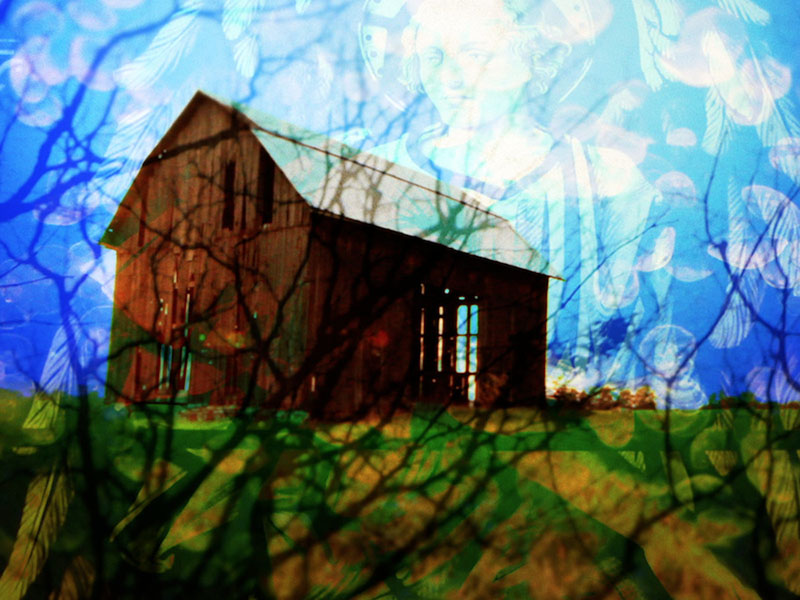
What general advice would you give to a young person interested in creative technologies?
Start with the experience. What the audience walks away feeling matters more than the tech behind it. Most people at your exhibition won't see your code, but they'll remember how it made them feel or think. Get it working, then get it working well. Focus on the core interaction first. Research the things you know least about to understand your scope, and aim for a minimum viable version that delivers the heart of the experience. Build in iterations and contingency plans that still communicate the essence, even if things change along the way.
Do you have a dream project, and if so, what is it?
I have many! I'm always dreaming, and I usually have more ideas than time. My mind moves between different contexts, so my creative process isn't exactly tied to one medium, discipline, or style. It's not always easy to put into words, but here are a few.
One involves buying back my late Omi and Opa's house and transforming the entire property into a surreal, immersive media artwork. I spent a lot of time there growing up, and that space holds a deep emotional and spiritual resonance for me. It appears often in my dreams, almost like an archetype I'm meant to return to and reimagine.
Another project I'm conceptualising explores the sensory and emotional qualities of tequila across different brands and ageing styles like blanco, reposado, and añejo. The aim is to create a multisensory, artistically interpretive tasting experience that blends sound, visuals, and interior ambience design. Think taste, history, textures, scent pairing, lighting, and spatial atmosphere inspired by the character of each tequila. It's not about branding or promotion per se, but about evoking the essence of something alchemical through a rich, immersive environment. If you're in Mexico and curious, feel free to reach out!
The final project? Let's just say it involves kayfabe…and Interdimensional Lizard People. That's all that I can reveal for now.

TouchDesigner for Professional Interactive Design Careers
Learn from Kyle Duffield himself in our comprehensive TouchDesigner course designed for professionals looking to advance their interactive design careers.
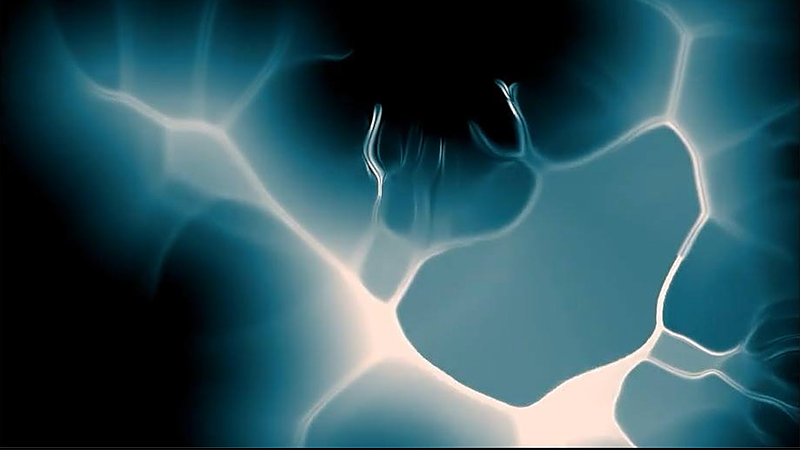
TouchDesigner Bootcamp
New to TouchDesigner? Join our intensive bootcamp and learn the fundamentals in an accelerated format perfect for beginners.